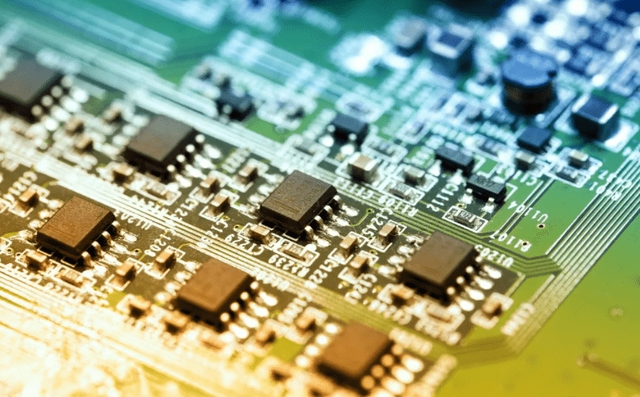MCU, also known as single-chip microcomputer, is A moderate reduction in the number and specifications of the central processor, and the memory is placed in memory, counter (Timer), USB, A/D conversion, UART, PLC, DMA around the interface, and even LCD driver circuit, are integrated on a single chip, generating a chip level computer. And different combinations of controls for different applications. The status of UAVs main control MCU is very important in UAVS flight system.

How drones work:
Moving vertically, the drone uses rotors to move forward and stop. The relativity of force means that when the rotor pushes against the gas, the gas also pushes against the rotor in the opposite direction. This is the basic principle that drones can move up and down. Therefore, the faster the rotor spins, the greater the lift, and vice versa. In order for the drone to move to the right, the angular speed of rotor 1 needs to be reduced. However, while insufficient thrust from rotor 1 can change the direction of the drone's movement, the upward force is not equal to the downward gravity, so the drone will descend. Drones are symmetrical. This also applies to lateral movements. A four-wheel drone is like a car that can act as a front car, so how to move forward explains the problem of how to move backwards or to the sides.
Uav MCU is the core of flight control subsystem. The flight control system is the core system of the UAV to complete the whole navigation process, such as take-off, air flight, mission execution and reverse field recovery. Flight control is equivalent to the role of the drone pilot to the human machine, and we think it is one of the most important technologies of drones. Flight control generally consists of three parts: sensors, on-board computers and servo-driven equipment. The main functions include UAV attitude stabilization and control, UAV mission equipment management and emergency control. In addition to the UAV MCU, the UAV also needs gyroscopes, accelerators, geomagnetic induction, air pressure sensors, ultrasonic sensors, optical flow sensors, GPS modules and other work that want to assist each other to complete the navigation.
The IMU senses the attitude of the aircraft in the air and sends the data to the master CpuMCU. Based on user instructions and IMU data, the master CPUMCU will use navigation algorithms to control the stable operation of the aircraft. MCU performance also determines whether the aircraft can be controlled, and MCU performance also determines whether the aircraft is stable and flexible enough.
MCU single-chip
ic chip
capacitors